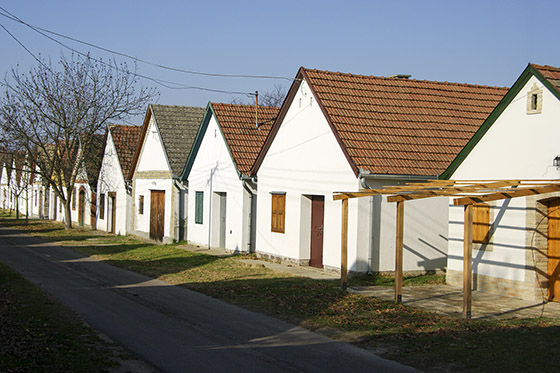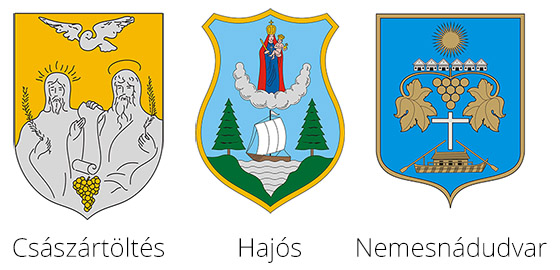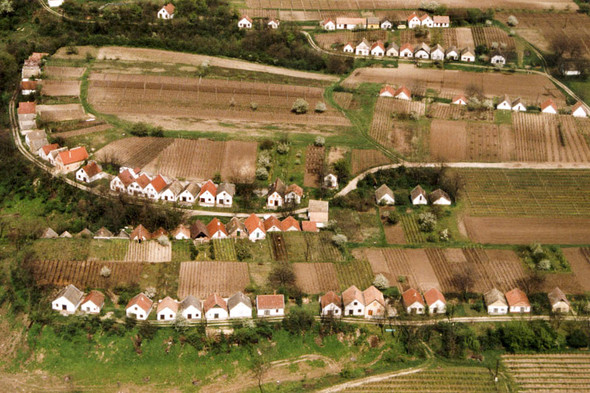You are new here? For the 1st part of this article click here.
It might be a commonplace, still it is a fact: the most beautiful cellar villages of the Hajós-Bajai wine region probably would not exist without the Primates of Kalocsa, namely Imre Csáky and Gábor Patachich. They were landlords and ecclesiastical people at the same time (the two titles were not mutually exclusive then) who took the opportunity when the Turkish Rule ended in Hungary and called German settlers to live and work on their abandoned lands. The cellars in Hajós, Császártöltés and Nemesnádudvar are also the result of these two people’s hard work.

The cellars in Császártöltés and Nemesnádudvar are similar to those in Hajós but they were built closer to the villages for the simple reason that the conditions for cellar building were favourable there. The two settlements have grown since and in a few places have integrated the cellar rows so in Nemesnádudvar, for instance, the main road and the village centre is connected by a cellar row. The first German settlers arrived in Nemesnádudvar in 1724 attracted by the fact that they were exempted from the mandatory six-year service if they moved and stayed here. Thus the ban on unlicensed resettlement became practically unnecessary. At the end of September, around Saint Michael’s Day, the cellars of this village also become animated similarly to the press-houses in the nearby Mária Valley as it is the time for celebrating the new wine of Nemesnádudvar.
The press-house row in Mária Valley is probably the most beautiful street of the village with a small square, well-tended cellars and press-houses.

Unfortunately, the other cellar rows like the one close to the cemetery are neglected though there are a few counterexamples and some enthusiastic people have started to renovate press-houses in less visited places. We can find scattered press-houses and cellars in Császártöltés. In the Főkáptalan cellar row there are over a hundred press-houses and cellars but the press-houses around Kossuth Lajos Street are also worth a visit. The village image was defined by the Germans who started to arrive in the settlement in 1743. There is a lovely etymologic explanation for the name of the village (which means Emperor’s embankment) saying that Leopold I made Germans settle in the village so that they would build an embankment for a road across the marshland nearby. However, in reality Leopold I had already passed away 38 years before the first Germans arrived in the region. The settlement process was started during the reign of Maria Theresa upon the definite request of the Primate of Kalocsa, as written evidence shows, who expected grape production to prosper thanks to German settlers. Sadly, the last few decades have been unfavourable for grape and wine producers of the area. The majority of cellars in the three villages mentioned above are unused and though they have been renovated, they are left waiting for a better turn of events. Today 80% of probably the best, but surely the most well-known production area of Császártöltés is uncultivated. Nevertheless, it is still worth visiting the harvest festival of Császártöltés held around the end of October.






